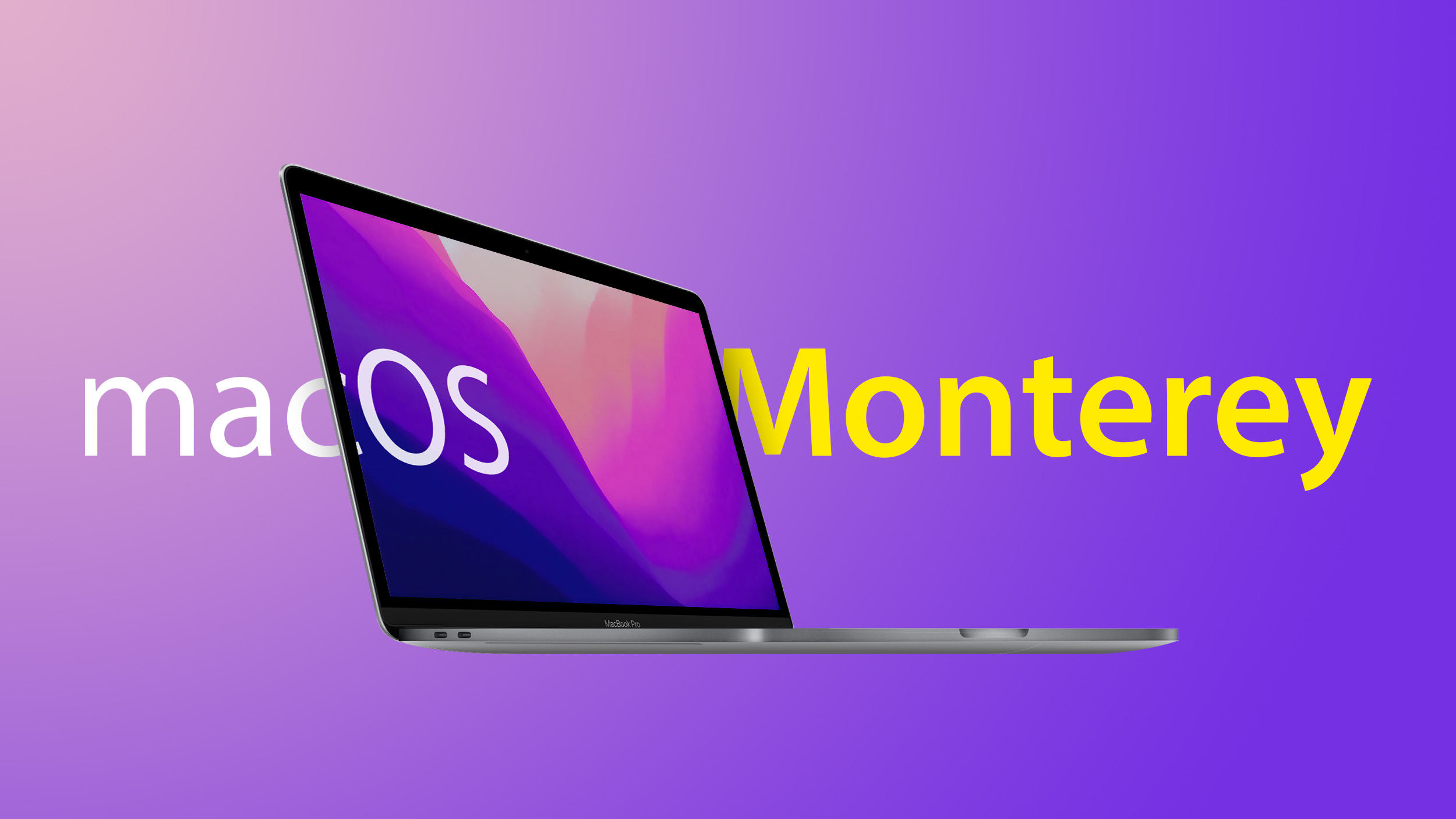Do I need to reinstall macOS?
The main reason most people would reinstall macOS is that their system is completely messed up. You may constantly get error messages, software not working properly, and other usability issues may prevent you from functioning normally. In extreme cases, your Mac may not even boot.
What do I lose if I reinstall macOS?
Two answers. Reinstalling macOS from the recovery menu will not erase your data. However, if there is any corruption issue, your data may also be corrupted; that’s hard to say.
What happens if I reinstall macOS?
Two answers. It does exactly what it says it does: reinstall macOS itself. It only touches operating system files in a default configuration, so any preference files, documents, and applications that may or may not have been modified in the default installer are left alone.
Does reinstalling macOS fix problems?
However, reinstalling OS X is not a universal balm that fixes all hardware and software errors. If your iMac has caught a virus, or if a system file installed by an application is “damaged” by data corruption, reinstalling OS X probably won’t fix the problem, and you’ll be back where you started.
How long does it take to reinstall macOS?
It depends on what kind of Mac you have and the installation method. Using a standard 5400 rpm drive usually takes 30 – 45 minutes to use a USB installer. The internet recovery route may take more than an hour, depending on internet speed.
What is Reinstalling macOS?
Important: Your computer must be connected to the Internet to reinstall macOS. You can use macOS Recovery, the built-in recovery system on your Mac, to reinstall macOS. macOS Recovery keeps your files and user settings intact when reinstalling.
How can I fix my Mac without losing data?
This guide will teach you to boot your Mac into recovery mode and reinstall macOS without losing your data. How to Reinstall Mac OS? Step 1: Backup files on Mac. Step 2: Boot Mac into Recovery Mode. Step 3: Erase Mac’s hard drive. Step 4: Reinstall Mac OS X without losing data.
Will updating Mac remove everything?
No. Upgrading macOS is a common practice and is done by many users every year when a new major version is released. Generally, when upgrading to the next major release of macOS, no user data is erased/touched. Pre-installed apps and configurations will also survive the upgrade.

How do you reset a Mac OS?
To reset your Mac, first restart your computer. Then hold Command + R until you see the Apple logo. Then go to Disk Utility > View > View All Devices and choose the top drive. Then click Clear, fill in the required information, and press Clear again.
How do I select a drive to install OSX?
Install MacOS Choose Reinstall MacOS (or Reinstall OS X) from the utility window. Click Continue and follow the on-screen instructions. You will be prompted to select your drive. If you don’t see it, click View all industries. Click Install. Your Mac will reboot after the installation is complete.
How do I reinstall Catalina on my Mac?
The correct way to reinstall macOS Catalina is to use your Mac’s recovery mode: Restart your Mac, then press and hold ⌘ + R to enter recovery mode. Select the hard drive where you want to reinstall mac OS Catalina and click Install. In the first window, select Reinstall MacOS ➙ Continue. Agree to the terms and conditions.
How can I rebuild my macbook pro?
Please turn off the machine and restart it with an AC adapter connected. Hold down the Command and R keys simultaneously until the Apple logo appears. Release them, and an alternate startup screen will appear with a Mac OS X utility menu to complete the system recovery.
Why can’t I reinstall macOS?
First, shut down your Mac completely via the Apple Toolbar. Then hold down the Command, Option, P, and R buttons on your keyboard as you restart your Mac. Continue holding these buttons until you hear the Mac startup chime twice. After the second bell, release the buttons and let your Mac reboot normally.
How do I boot my Mac into recovery mode?
Start Mac in Recovery Mode. Clicks on the Apple logo at the top left of the screen. Select Restart. Immediately hold down the Command and R keys until you see an Apple logo or a spinning globe. Finally, your Mac will display the Recovery Mode utility window with the following options:
How can I reset and reinstall OSX?
Go to Recovery (either by pressing Command + R on an Intel Mac or holding the power button on an M1 Mac). A macOS utility window will open, showing you the options to recover from Time Machine backup, reinstall macOS [version]Safari (or Get Online Help in older versions), and Disk Utility.
Why Does Reinstalling macOS Take So Long?
Since the main reason for slow OS X installations is using slower installation media, it may be beneficial to use faster media if you plan to install OS X multiple times.
How much time does it take to install macOS Catalina?
macOS Catalina installation time macOS Catalina installation takes about 20 to 50 minutes if everything works properly. This includes a quick download and an easy installation with no issues or errors. At best, you can expect to download and install macOS 10.15. Seven in about 30-60 minutes.
What happens when you repair the disk on Mac?
Repair Disk Permissions verifies and, if problems are found, restores (repairs) permissions to Apple files and folders (objects), i.e., Mac OS X system-related objects and Apple-provided programs that came with Mac OS X.
